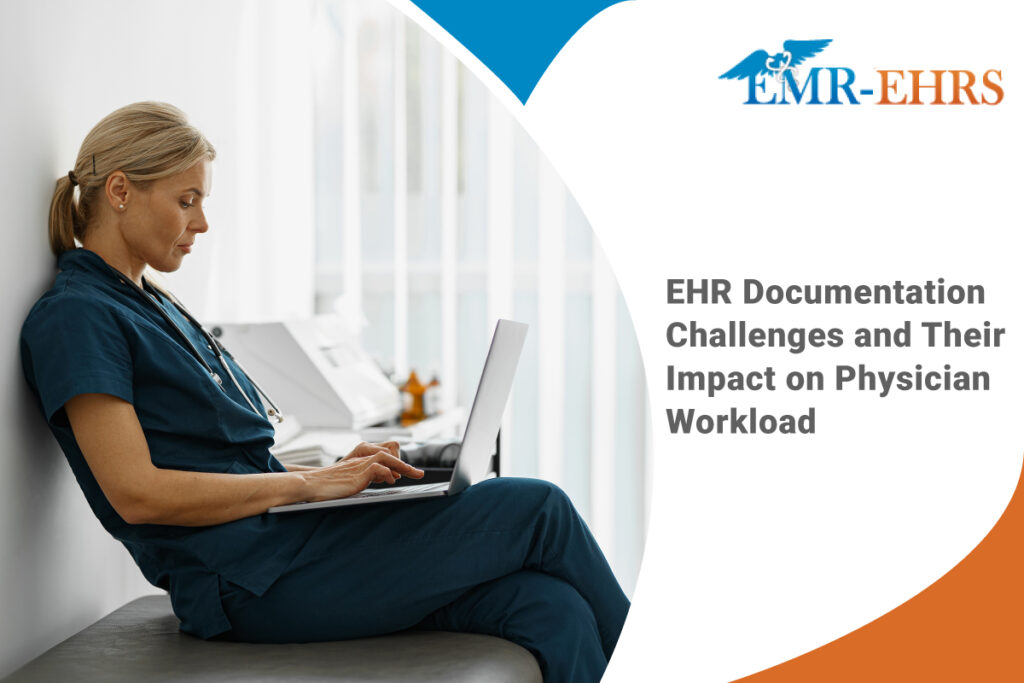
Electronic health records (EHRs) and electronic medical records (EMRs) are digital solutions that allow healthcare providers to store, manage, and share patient information securely. But did you know that these technologies can also optimize laboratory management?
One key advantage of EHRs is their ability to integrate with various clinical systems, including laboratory management systems. This integration enables seamless transmission of lab test orders and results between healthcare providers and laboratories.
While this integration eliminates the need for manual entry and reduces the risk of errors, few healthcare providers use these digital tools with their lab platforms. Such slow adoption represents considerable wasted opportunities when sharing lab information, flagging abnormal results, and facilitating timely follow-up actions.
Understanding the critical role of EHRs in lab management can transform a clinic into a safer and more efficient healthcare facility.
Say Goodbye to Lab Chaos
Importance of Lab Management in Healthcare
Many laboratories are facing difficulties due to understaffing and outdated equipment. The laboratory technologists cannot keep up with the workload, which leads to delays in processing test orders and analyzing samples. These issues put patients’ health at risk, as they may not receive the necessary intervention due to the longer wait times.
Consequently, healthcare institutions must ensure efficient laboratory management. This standard will enable them to provide high-quality service to their patients. Here is a breakdown of impacted practice points:
Patient Care: Clinical laboratory tests play a vital role in diagnosing, treating, and monitoring patient’s health conditions. Accurate test results are essential for providing quality patient care and making informed clinical decisions.
Patient Safety: Proper laboratory operations management, quality assurance, and regulatory compliance are essential for ensuring the reliability of test results and safeguarding the patient’s safety.
Efficiency and Productivity: An EMR with strong lab management features, coupled with effective lab management practices, helps optimize workflow processes, resource utilization, and personnel productivity, resulting in efficient and cost-effective laboratory operations.
Compliance and Risk Management: Compliance with regulatory requirements and accreditation standards minimizes the risk of legal penalties and reputational damage to healthcare practices.
Research and Innovation: Well-managed laboratories can contribute to research efforts, innovation, and development of new diagnostic tests and treatments, ultimately advancing healthcare delivery and improving patient outcomes.
Need to boost your lab management? Our experts can help you learn how the EHR-and-lab system combo can improve things. Let’s chat today.
Integration of EHRs and Lab Management
At the outset, lab management may only require organizing test results and other lab data. However, healthcare providers and lab technicians also implement a secure EHR system, facilitating such functions:
- Test Ordering: Providers can electronically order lab tests directly within the EHR platform, eliminating the need for paper requisitions.
- Results Reporting: Once laboratory tests are completed, the laboratory information systems (LIS) swiftly transmit the test results to the EHR software, specifically integrating lab data into the patient’s electronic record.
- Result Alerts and Notifications: Similarly, EHR alerts and notifications are handy for critical or abnormal test results that require immediate intervention by healthcare providers.
- Decision Support: EHRs with decision-support tools can help providers interpret laboratory test results and recommend appropriate follow-up actions.
- Billing and Coding: Some EHRs automate laboratory test coding and billing processes, making accurate documentation of test services easier and payer reimbursement faster.
- Trend Analysis: Viewing historical test results in the electronic record allows providers to monitor trends and track patient health status.
To facilitate the functions mentioned above, providers and lab techs need to focus on the common integration points between EHRs and lab management systems, including:
Health Level Seven (HL7) Interfaces: EHRs and LIS often integrate via the HL7 interface to transmit laboratory orders and results seamlessly.
Single Sign-On (SSO): This integration allows healthcare providers to access both systems using a single set of credentials, enhancing user experience and workflow efficiency.
Bi-Directional Data Exchange: EHR-LIS integration enables real-time communication between systems, which means that updates made in either system are reflected accurately in both.
Laboratory Test Catalog Integration: EHRs often integrate with LIS to access and display the laboratory test catalog, including test names, descriptions, codes, and specimen requirements.
Data Mapping and Mapping Tables: This capability maintains consistent terminology and format so providers and lab professionals can facilitate the accurate transmission of lab orders and results between systems.
Benefits of Using EHRs in Lab Management

At 1st Providers Choice, we recognize that healthcare practices need essential features to help them leverage EHRs and lab system integrations. These capabilities help deliver the following benefits:
Improvements in Efficiency
Our EHR platform streamlines lab workflows and processes by automatically creating lab orders based on the patient’s diagnosis and making lab orders effortless. This automation reduces manual entry errors, minimizes staff burden, and accelerates ordering.
Accuracy and Data Integrity
Our EMR lab management software makes maintaining accurate records and minimizing errors easier. Our integrated EHR ensures seamless data transmission with laboratory systems by interfacing with over 300 labs nationwide (HL7 interfaces), minimizing errors and enhancing data integrity throughout testing.
Enhanced Communication
With 1st Providers Choice’s EHR, lab staff and providers communicate more effectively when receiving lab results as PDFs or discreet data directly into the EHR. These results are integrated into a flow sheet or graph for visual presentation, which supports collaborative decision-making.
Better Patient Care
EHRs contribute to better patient care outcomes by automatically flowing lab results to the 1st Providers Choice Patient Portal and notifying the patient to review them. This proactive approach empowers patients to stay informed about their health status and follow up with their providers, potentially avoiding unnecessary calls to the office.
Revenue Generation
Our EHR supports automated reminders to ensure patients don’t miss recommended labs, contributing to revenue generation for the practice. Integrated practice management systems like IMS manage the patient’s health maintenance, prompting when labs are due and encouraging patients to schedule appointments.
Takeaway
In today’s healthcare landscape, EHRs are more than just digital repositories for patient data—they are transformative tools that can revolutionize lab management. By seamlessly integrating with laboratory information systems, EHRs streamline workflows, reduce errors, and improve communication among healthcare professionals.
Tap Into Our Expertise
The 1st Providers Choice EHR offers automated lab orders, real-time result notifications, and advanced data integrity. Our EHR lab management software helps healthcare providers optimize their laboratory operations, provide better patient care, and boost revenue generation.
To unlock the full potential of EHRs in lab management, call (480) 782-1116 today. With over 40 years of trusted service and recognition by the Better Business Bureau (BBB) since 2010, 1st Providers Choice is confident in providing your practice with an integrated EHR that can transform healthcare delivery and ensure a healthier future for your patients.
Ready to Revolutionize Your Lab Operations?




